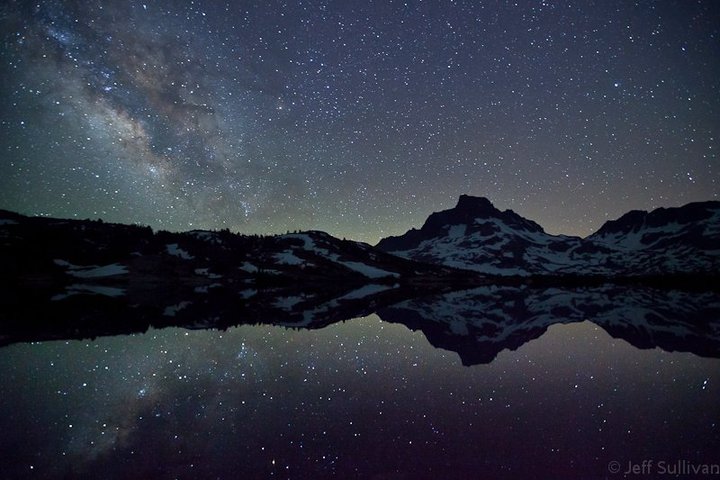After Google+ I'm so sorry to see Google+ closing down, I hope to see you all on other services that we use: Instagram @jeffsullivanphotography Facebook: http://www.facebook.com/JeffSullivanPhotography Twitter @jeffsullphoto, @DSLRastronomy Flickr: http://www.flickr.com/photos/jeffreysullivan/ YouTube: http://www.youtube.com/user/JeffSullivanPhoto Web site: http://www.JeffSullivanPhotography.com Prints: https://jeffsullivan.smugmug.com/ Photography workshops: jeffsullivanphotography.com - 2019 Workshop Calendar


Fantastic! How long an exposure was this?
ReplyDeleteThis is amazing!!
ReplyDeleteThanks Jessamy! Darren, The exposure was 30 seconds at f/2.8, ISO 6400, using a Canon 5D Mark II and 16mm lens.
ReplyDeleteDang! ISO 6400?? So clear. My Panasonic chokes after 1600. :P Really nice shot!
ReplyDeleteDarren, My daughter borrows my Canon 40D which also maxes out at ISO 1600, but on new moon nights like this she does well on star shots with a 24mm f/1.4 lens. You could still use an f/2.8 lens, but there would be some star movement with an exposure of 2 minutes. Nights with some moonlight enable brighter exposures at lower ISO. On those nights you capture fewer, brighter stars (not necessarily an issue, just different); works fine for things like North Star star trails, like this: http://500px.com/photo/1212069
ReplyDeleteNow that is cool (the shot on 500px) but there is no way you get that much trailing in 30 seconds. How is this done? (sorry, beginner here)
ReplyDeleteO M G this is SO sexy. Love love love it.
ReplyDeleteNithin, Yes, for printing dark night (new moon) star photos I have to crank up the noise reduction before saving to JPG in Adobe Lightroom, but of course a lot of noise goes away when simply reducing total resolution 25-to-1 when I save at 900 pixel resolution for online/Web use!
ReplyDeleteDarren, That shot is a whole story in itself... 525 exposures, combined in the free StarStaX software. I'll post a link to my recent blog post on that process.
ReplyDeleteWOW!! That's insane! :D
ReplyDeleteNow here's what you can do with 200+ consecutive Milky Way shots! http://www.vimeo.com/25497594 (Timelapse night video at Mono Lake... watch it full screen!)
ReplyDeleteJust "WOW"!!
ReplyDeleteThis must be Thousand Island Lake!. I remember getting the exact perspective while I camped there. Oh, how I wish to return back there.
ReplyDelete